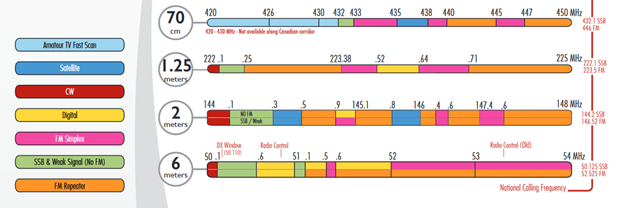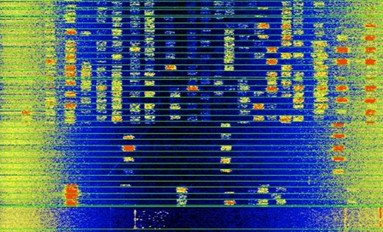So you want to get into FT8, but you only have a Technician license? No problem! FT8 exists on VHF and up as well. Six meters is really quite popular, especially in the summer months ahead.

In addition, the Novice and Technician classes were granted HF privileges on CW and SSB 10 meters as of March 1987. This includes the data segments where FT8 resides.

Six meters is often referred to as the “Magic Band.” Check out this OnAllBands article discussing VHF contesting opportunities on 6 meters and the “joy and heartbreak” of a band where “signals appear to come out of nowhere, then they mysteriously vanish–like a David Copperfield disappearing act.”

The VHF-UHF FT8 Activity operating event offers a yearlong opportunity (January to December) to make FT8 QSOs on 2m, 70cm, and 23cm. Participants must use standard FT8 mode, not the VHF Contest mode.
Event sponsors hope the increased activity will let hams work new DX or squares, make use of short-lived propagation, or even detect great openings which otherwise can go unnoticed. It’s open to all ham radio operators with a valid license. The contest runs 17:00 to 21:00 UTC:
- Every first Wednesday of each month for the 2m band (144.174 MHz)
- Every second Wednesday of each month for the 70cm band (432.174 MHz)
- Every third Wednesday of each month for the 23cm band (according to each mode)
Modes: 2m and 70cm: FT8; 23cm: FT8 or any other Digital mode
Power:
- Low Power (LP): 2m < 100 watts at any time: 70cm < 50 watts at any time; 23cm <10 watts at any time
- High Power (HP)
Exchange: Callsign and maidenhead grid locator (4 characters, e.g., KN15).
Multipliers: The multiplier is the number of different maidenhead grid locators worked per round (a round is made up of activity within the month).
Operating Categories:
- 144 MHz LP Single, General and by DXCC
- 144 MHz HP Single, General and by DXCC
- 432 MHz LP Single, General and by DXCC
- 432 MHz HP Single, General and by DXCC
- 1296 MHz LP Single, General and by DXCC
- 1296 MHz HP Single, General and by DXCC
Scoring: One point per QSO. Multiply total QSO points with the total number of grid locators worked. All QSOs validated through the crosscheck of received logs (callsign, grid locator) will be scored. Likewise, the QSO with a station that did not send the log will be scored if that station appears at least in another received log, and in the simple majority of the logs received if the station in question appears with the same grid locator. If a callsign appears only in one log, this is a “unique” and will be validated. In this case additional proof may be requested (ALL.TXT, decode history).
Click here for full contest details.
Questions? Share them in the comments below or email me at KE8FMJ@arrl.net.

